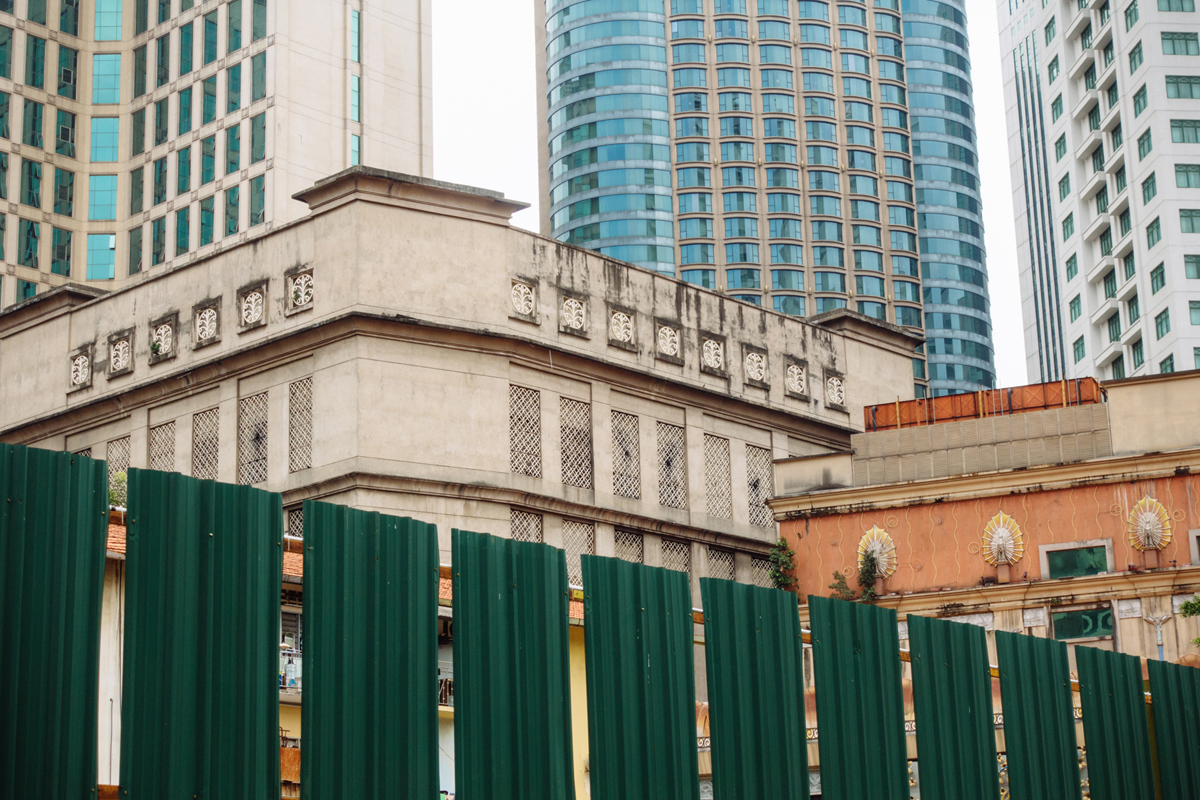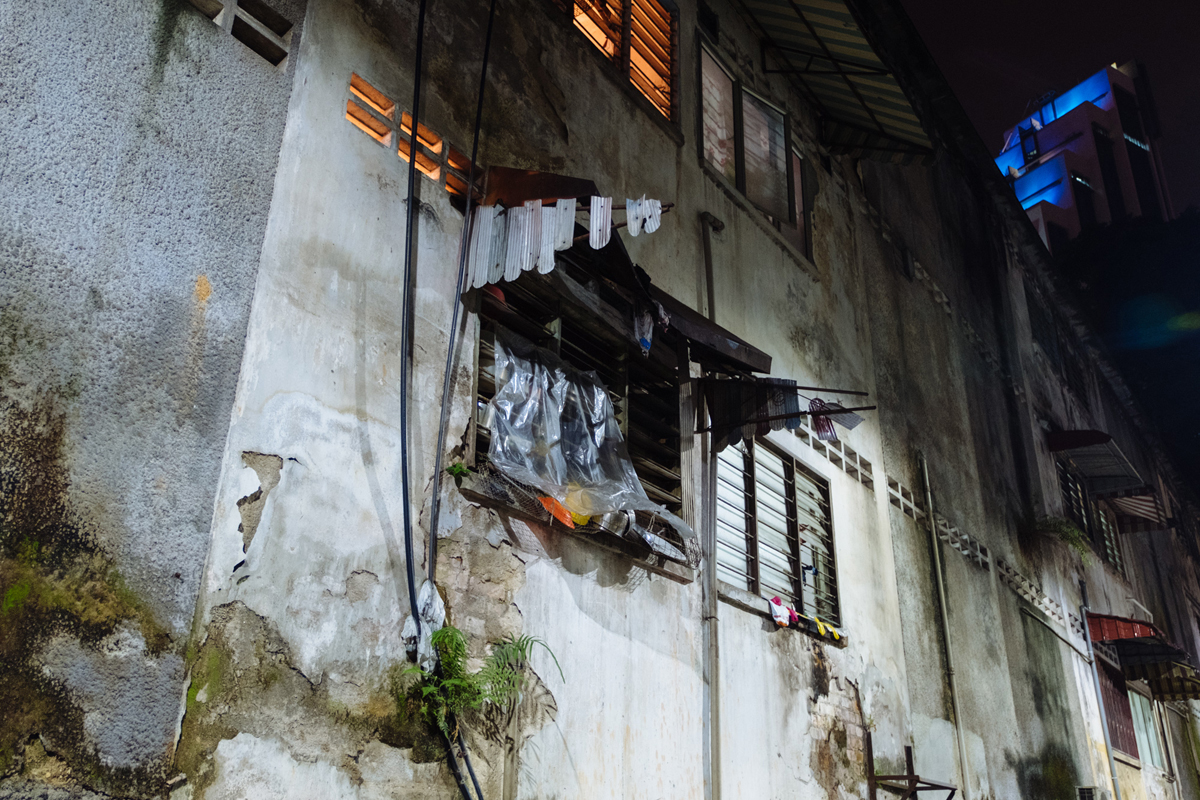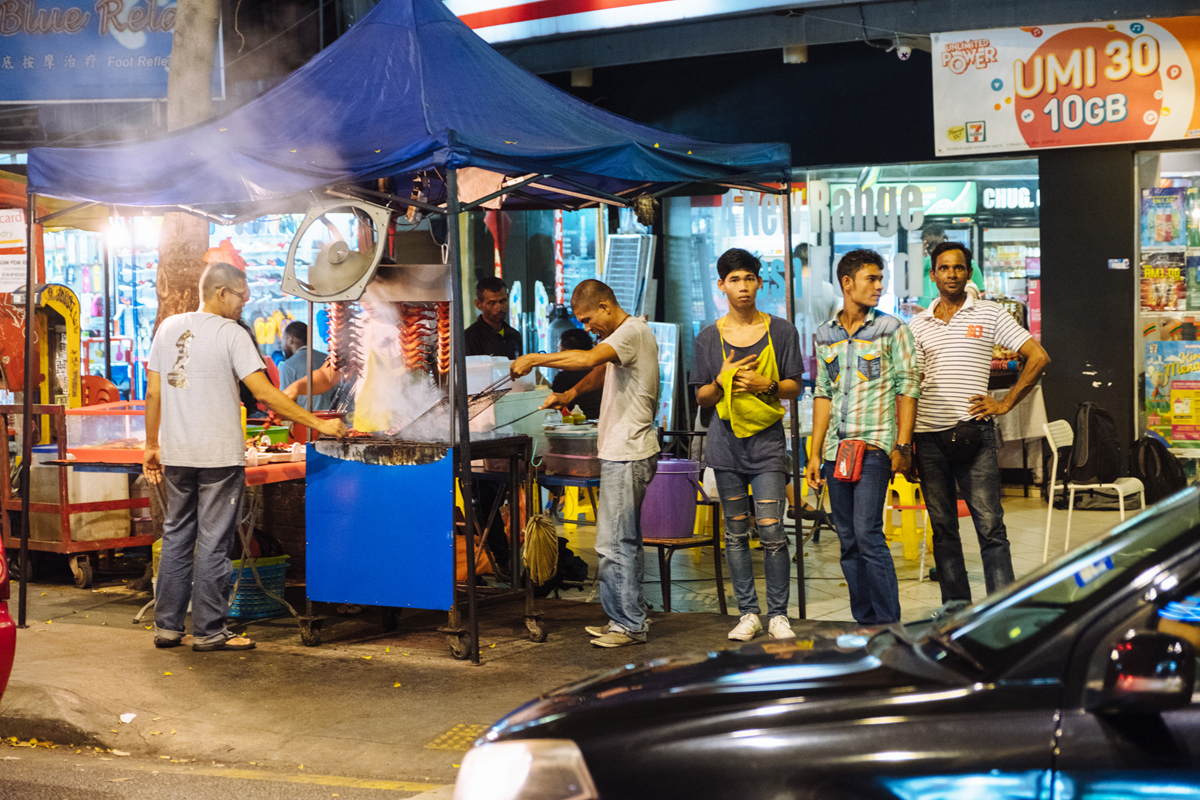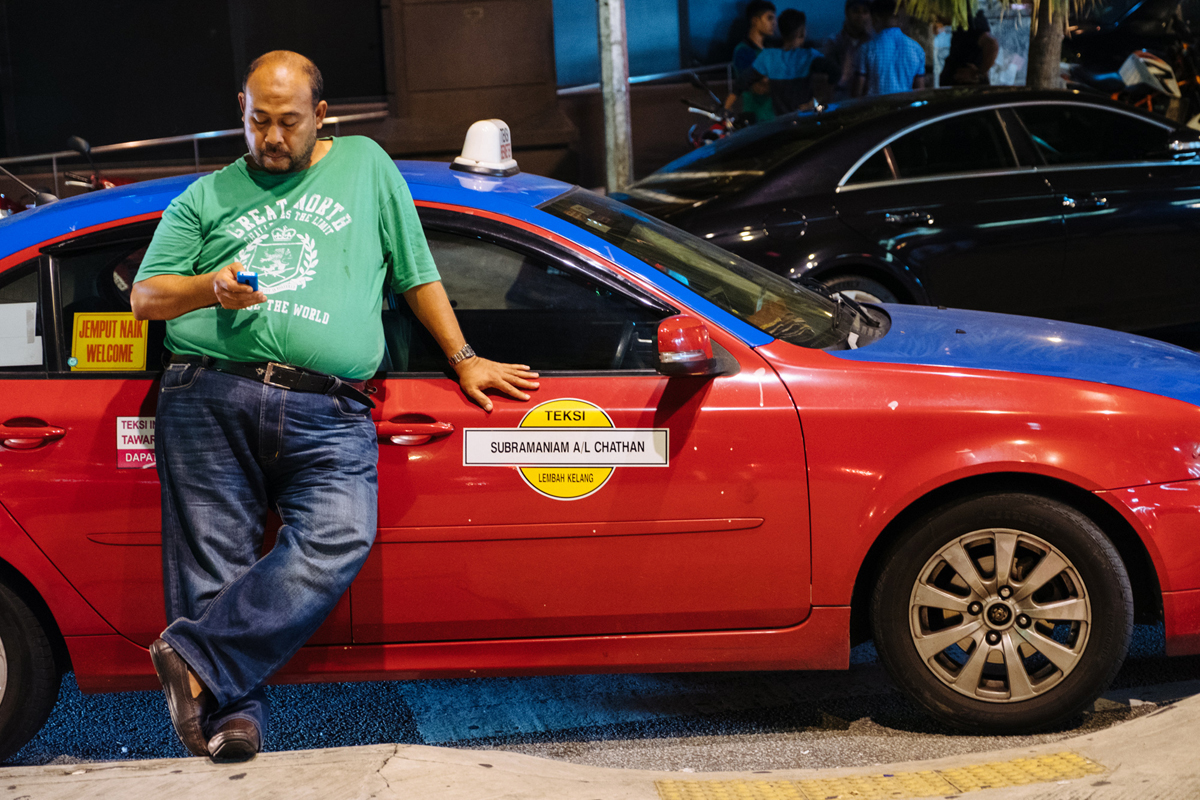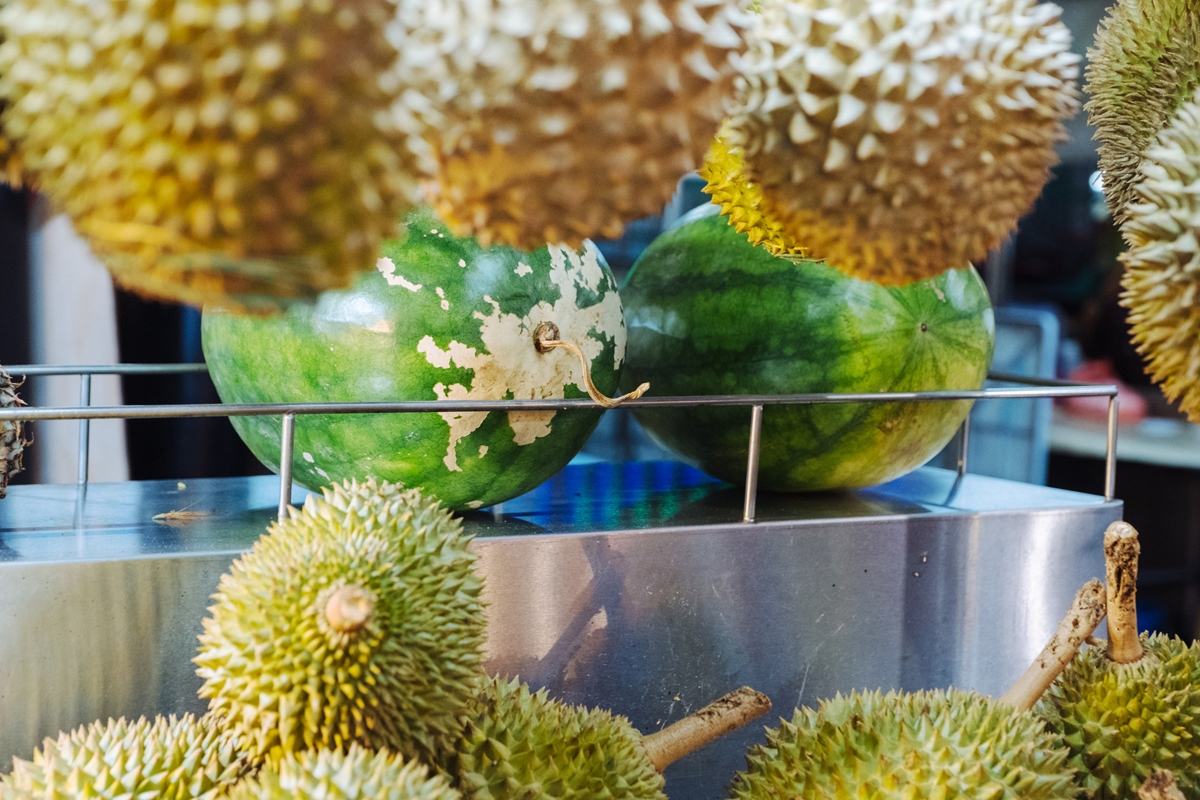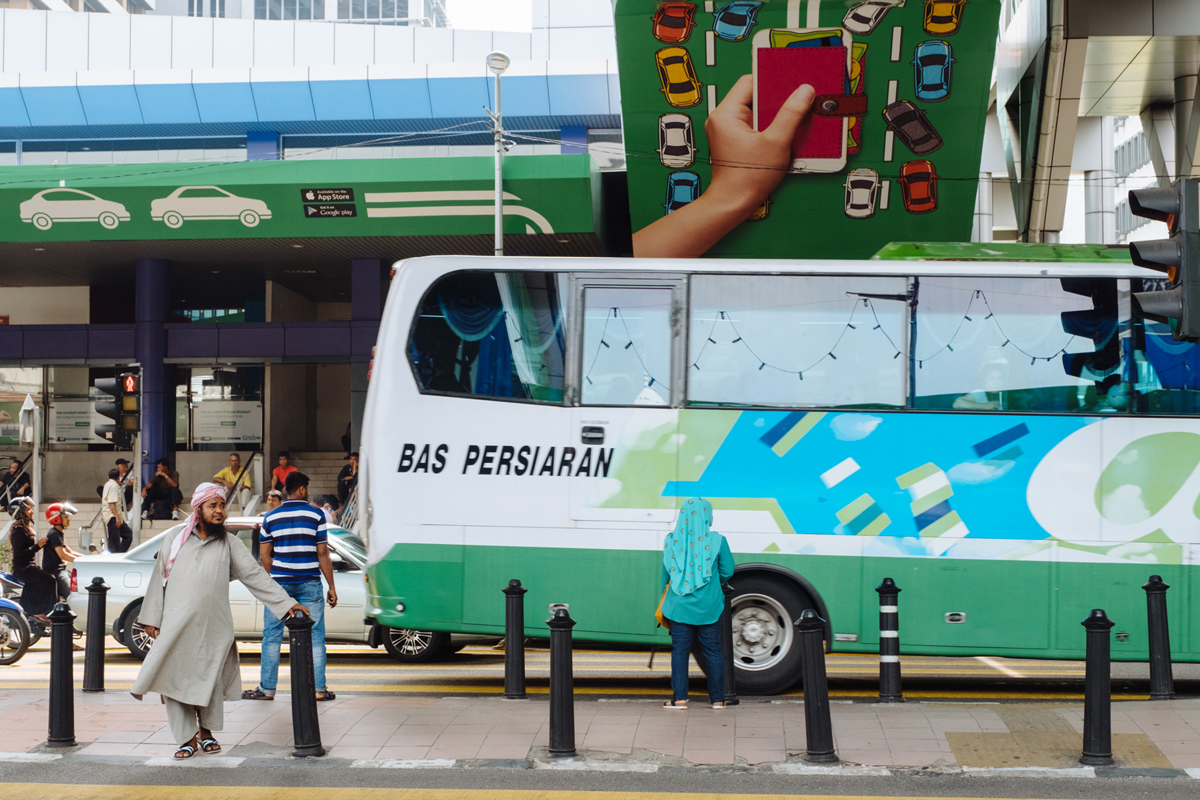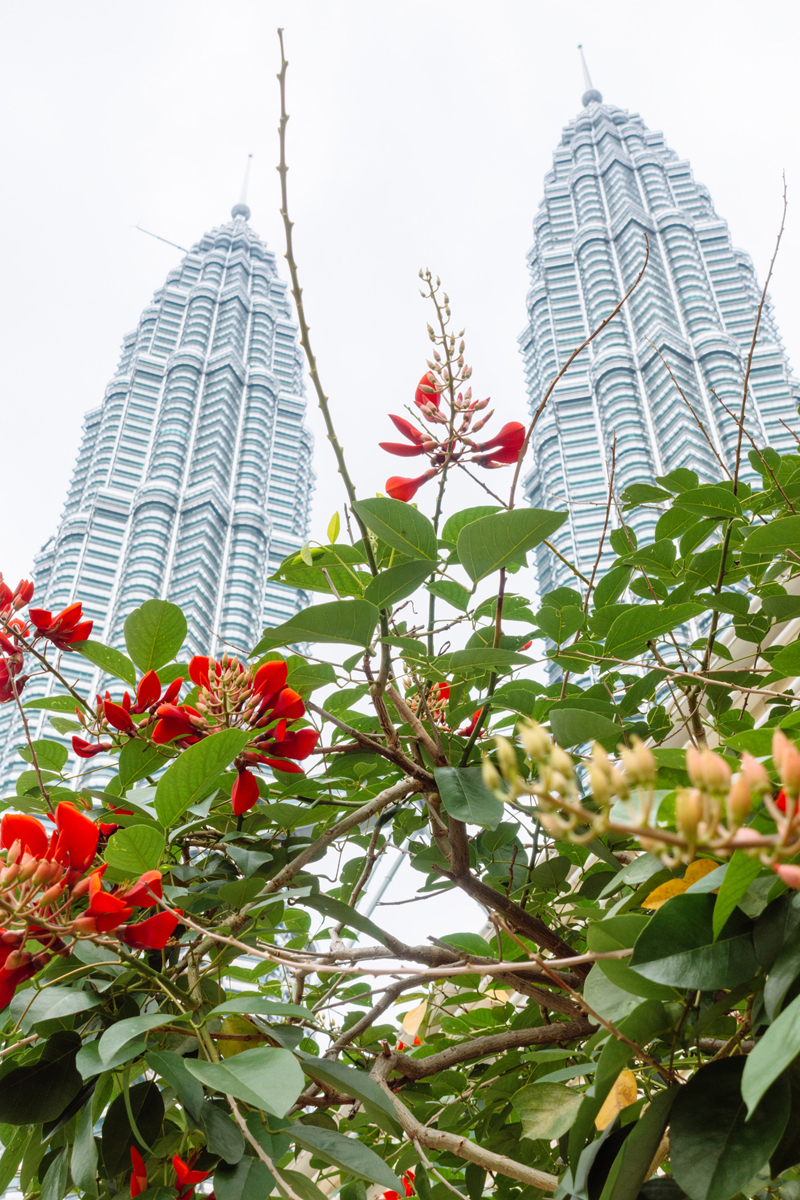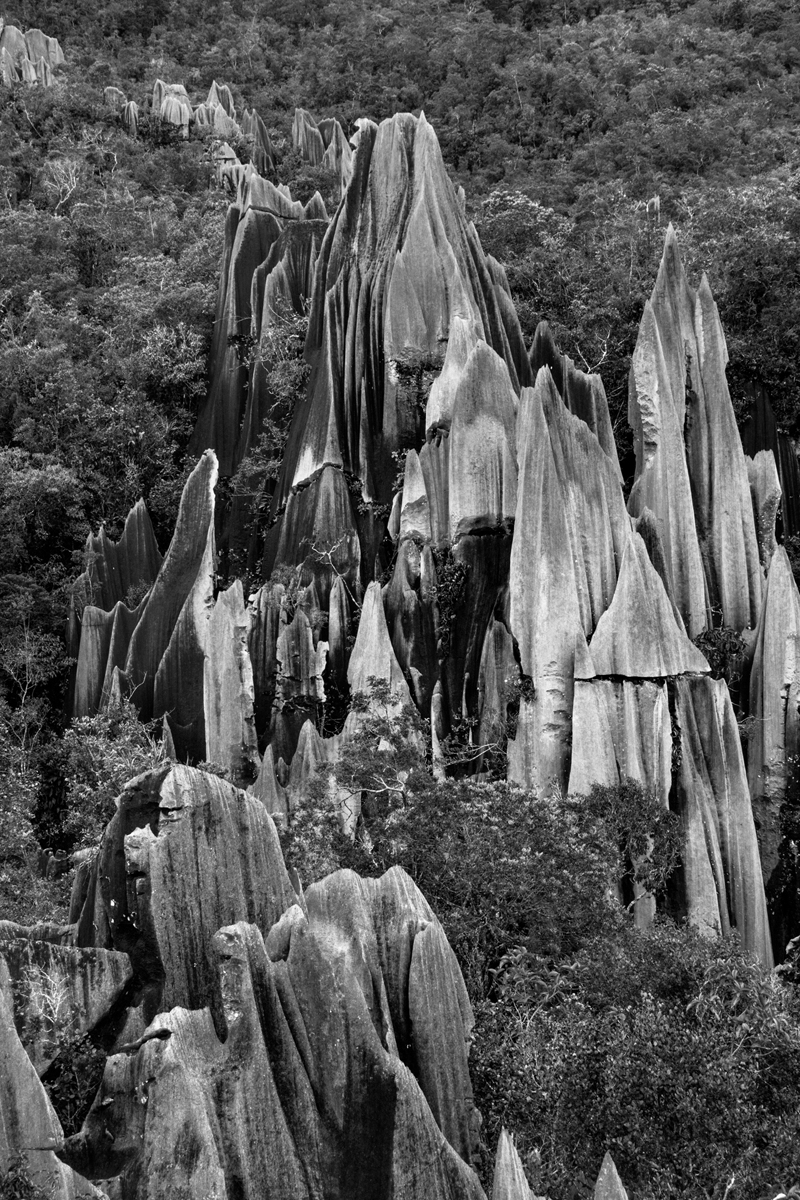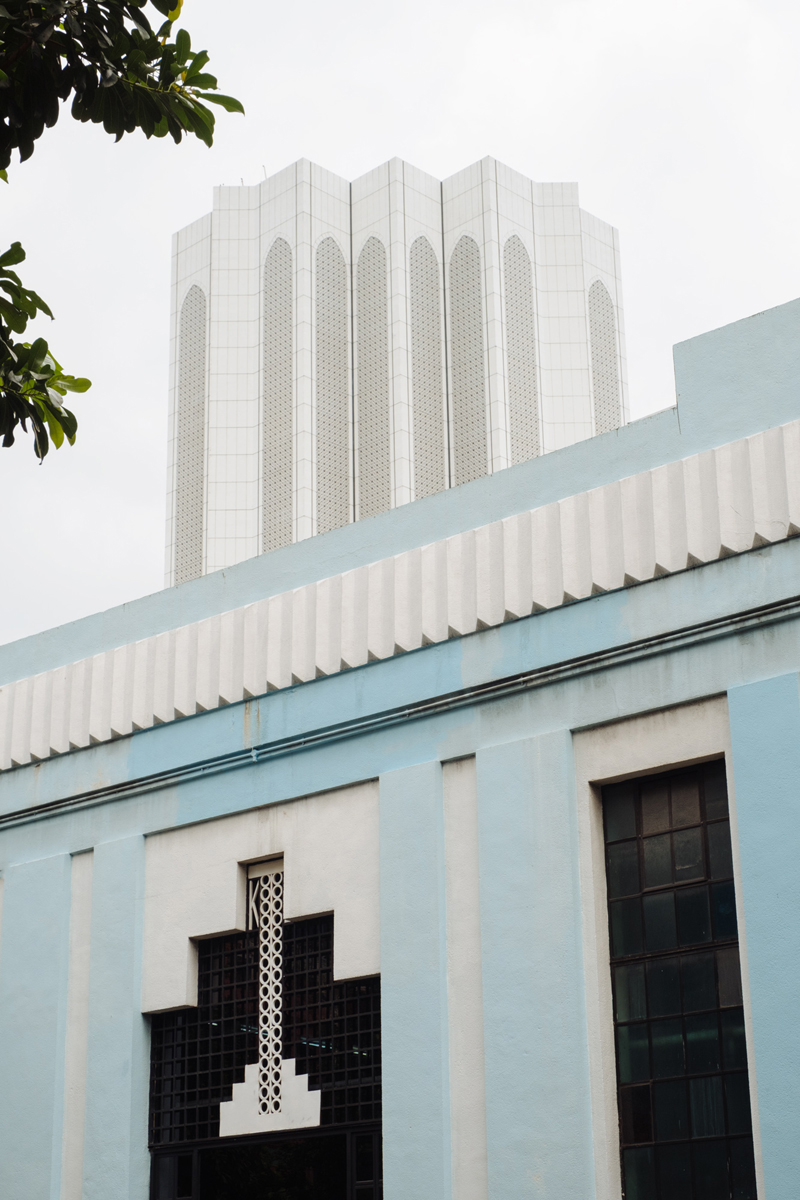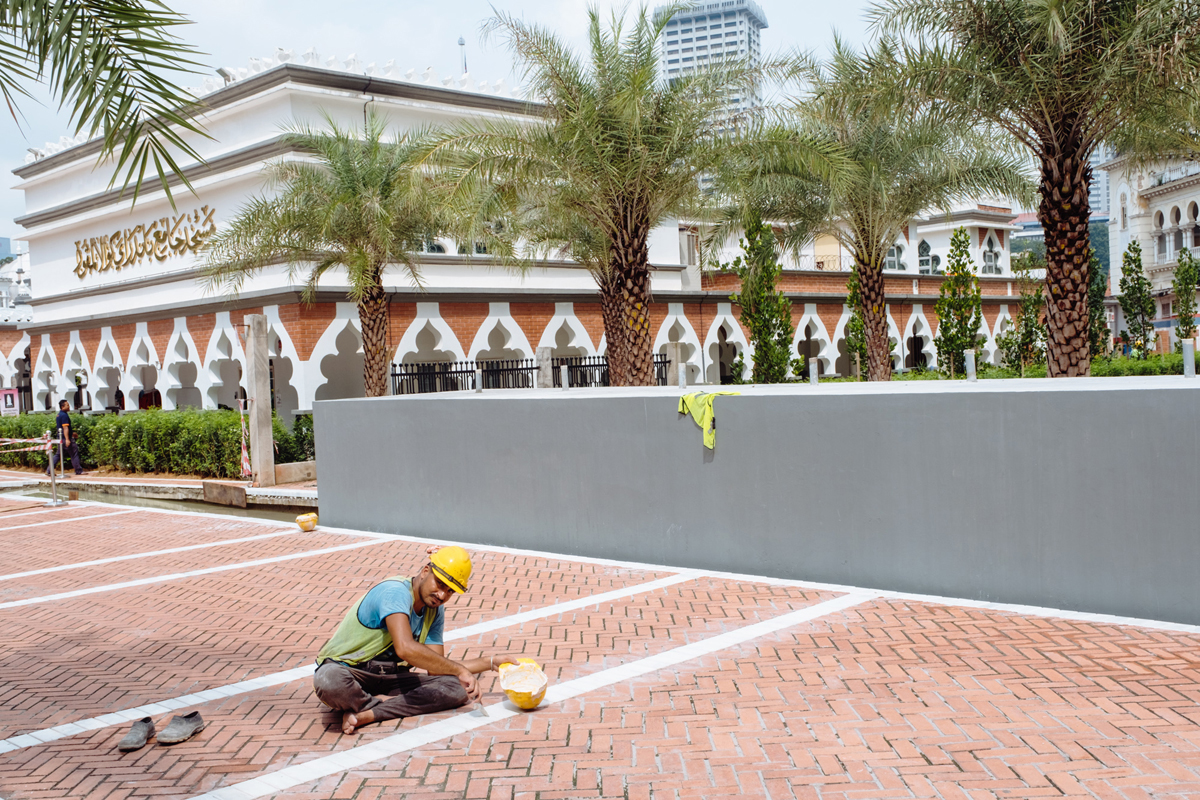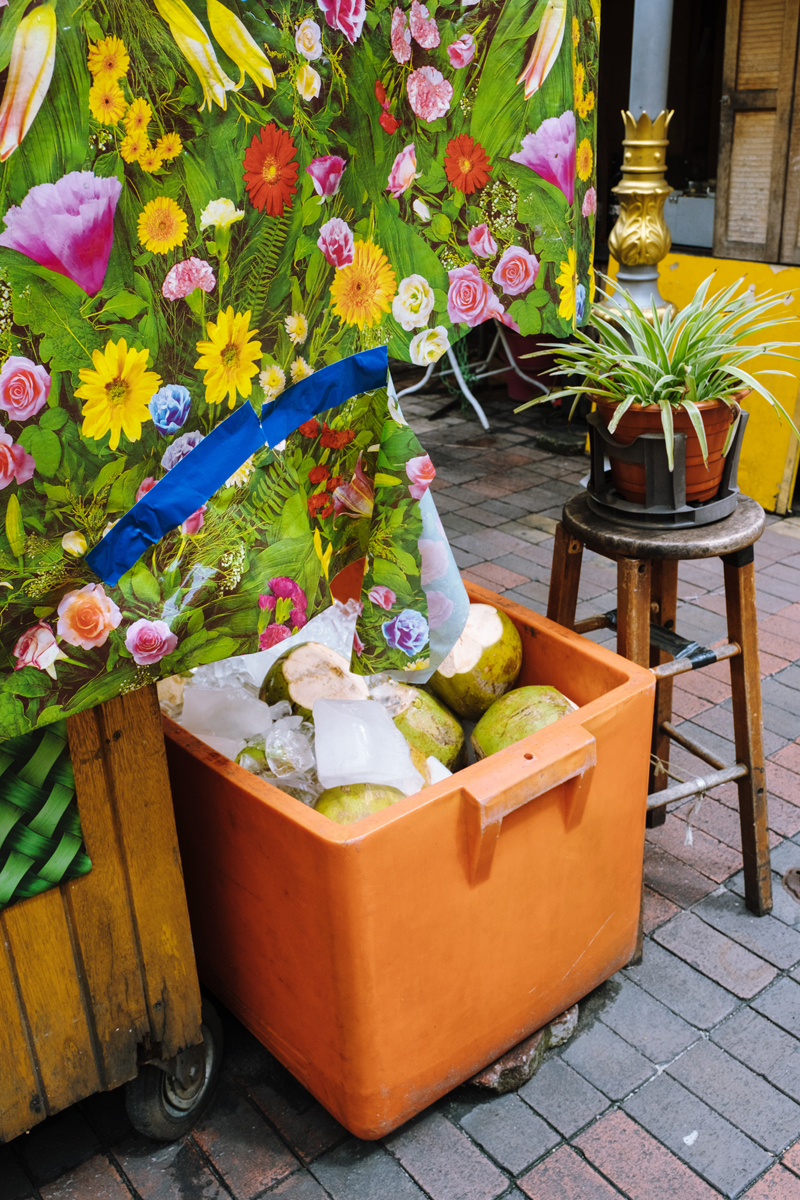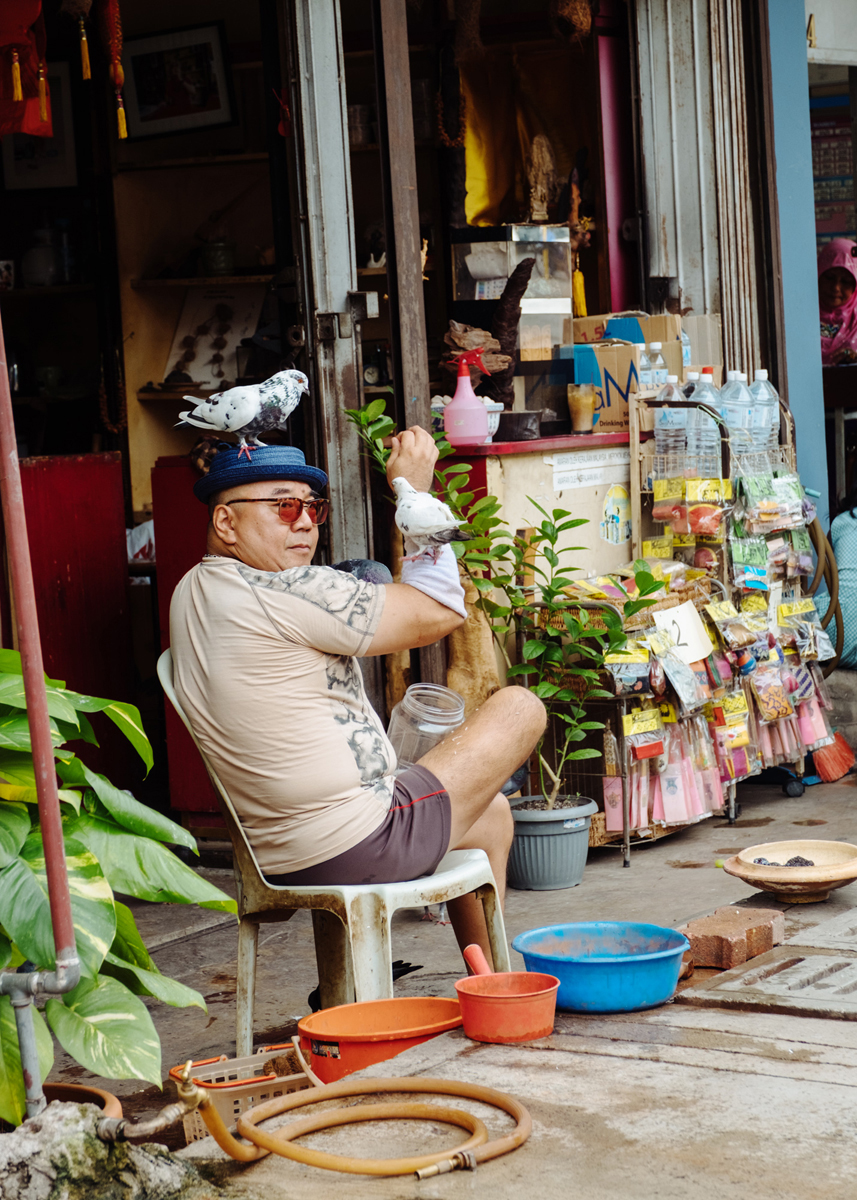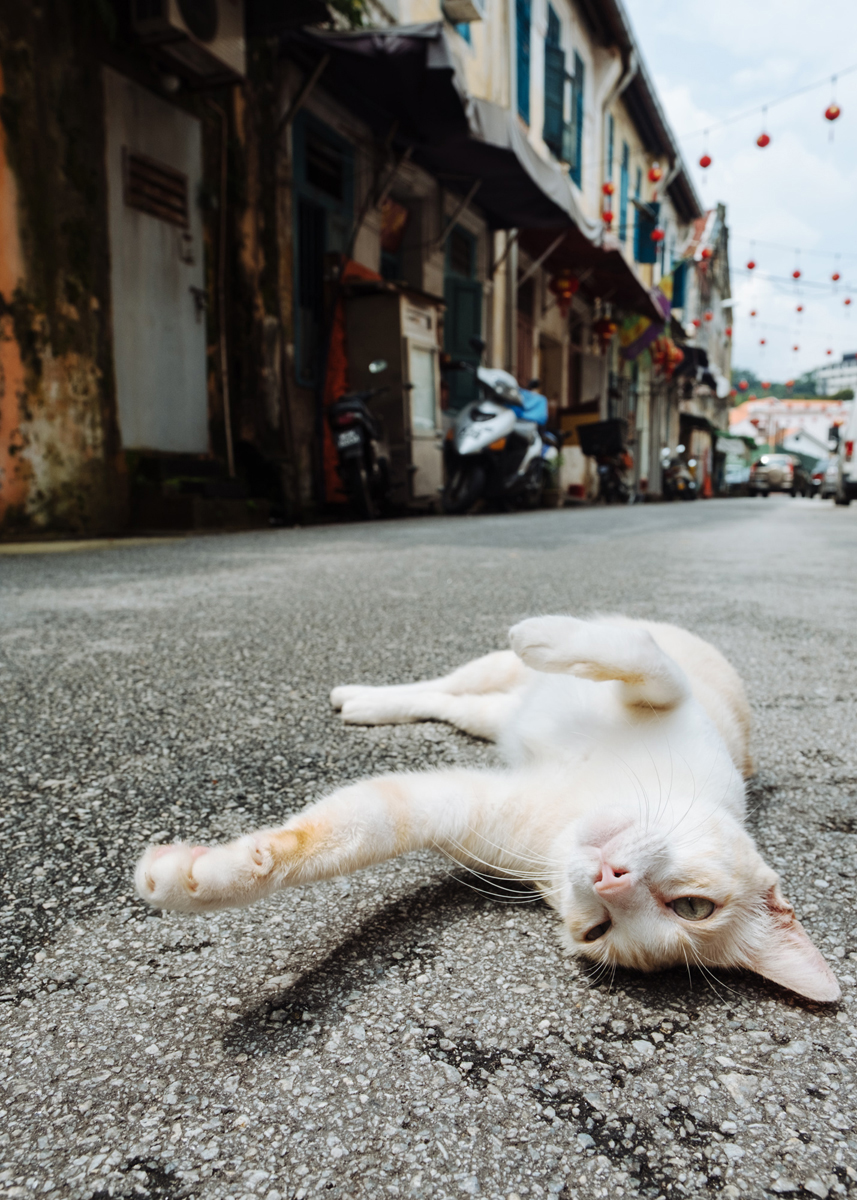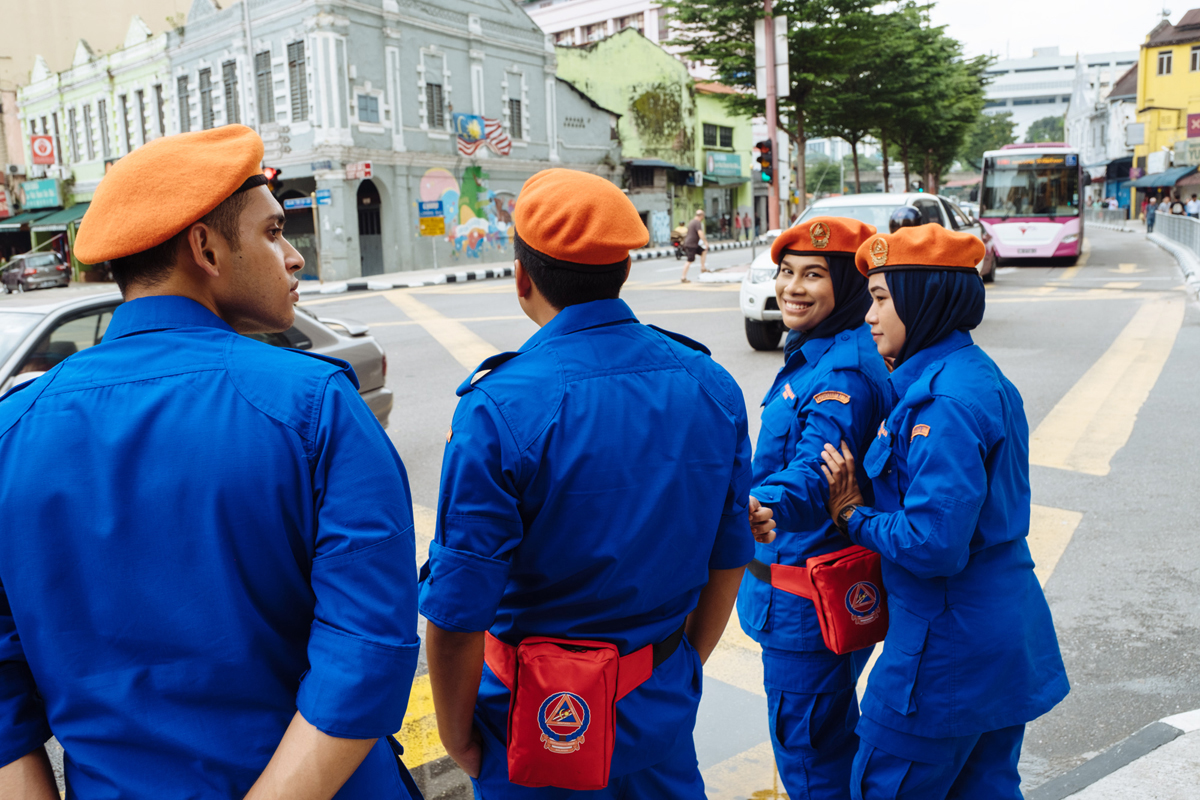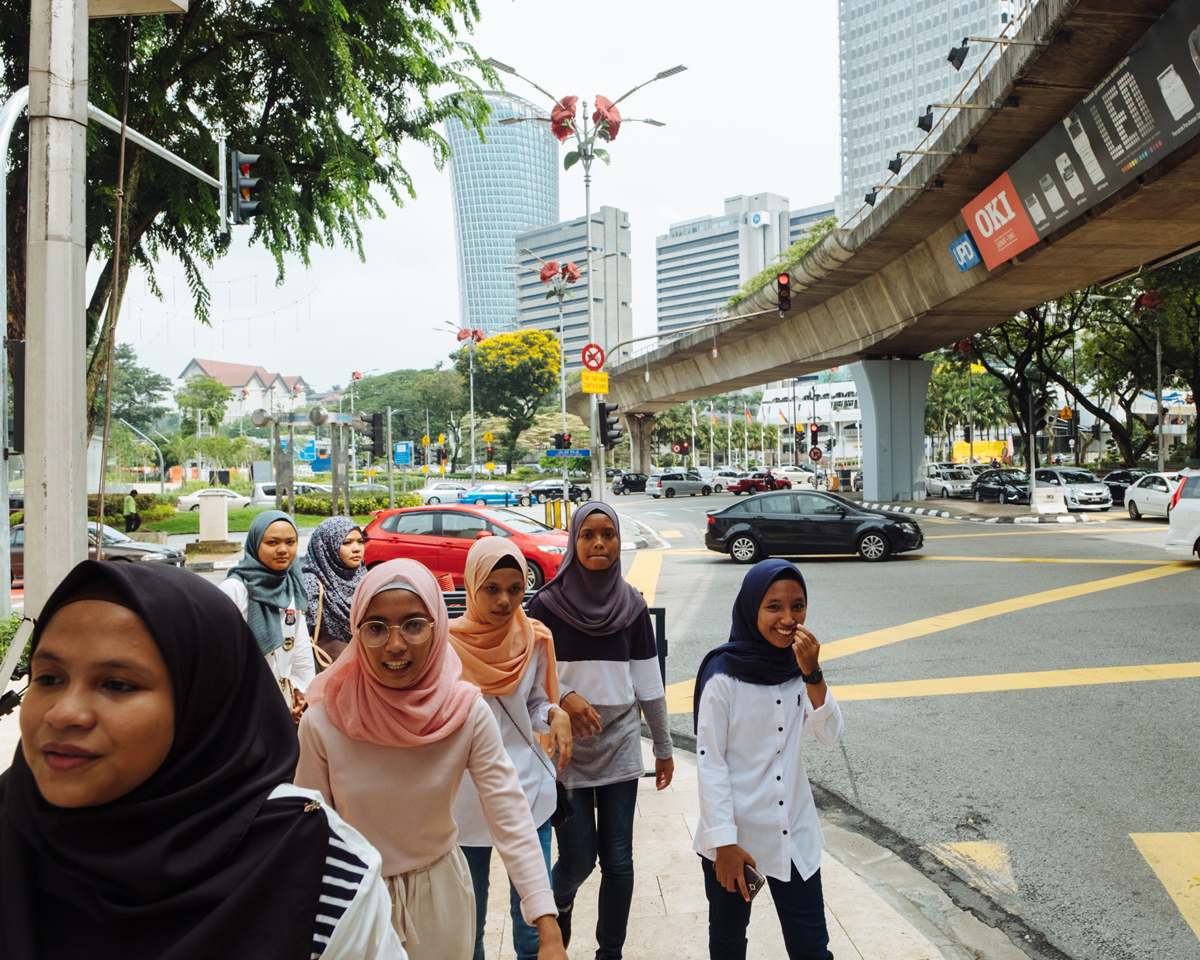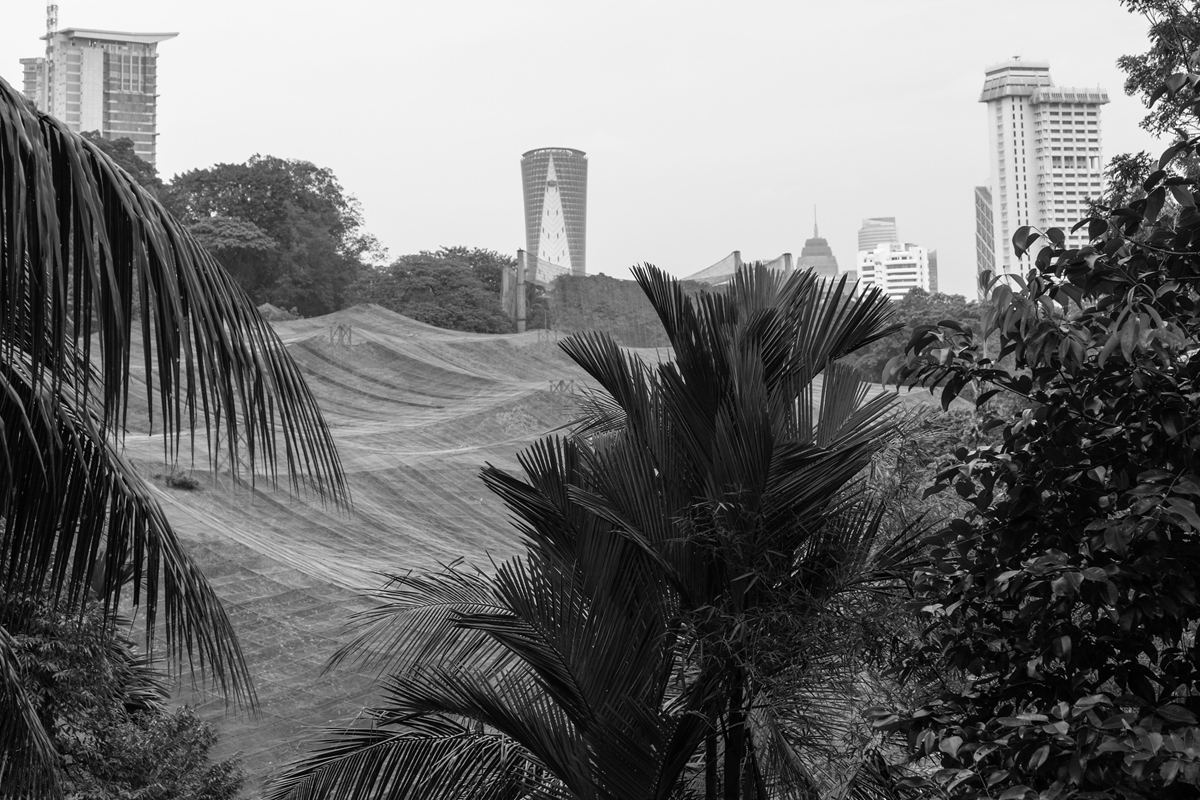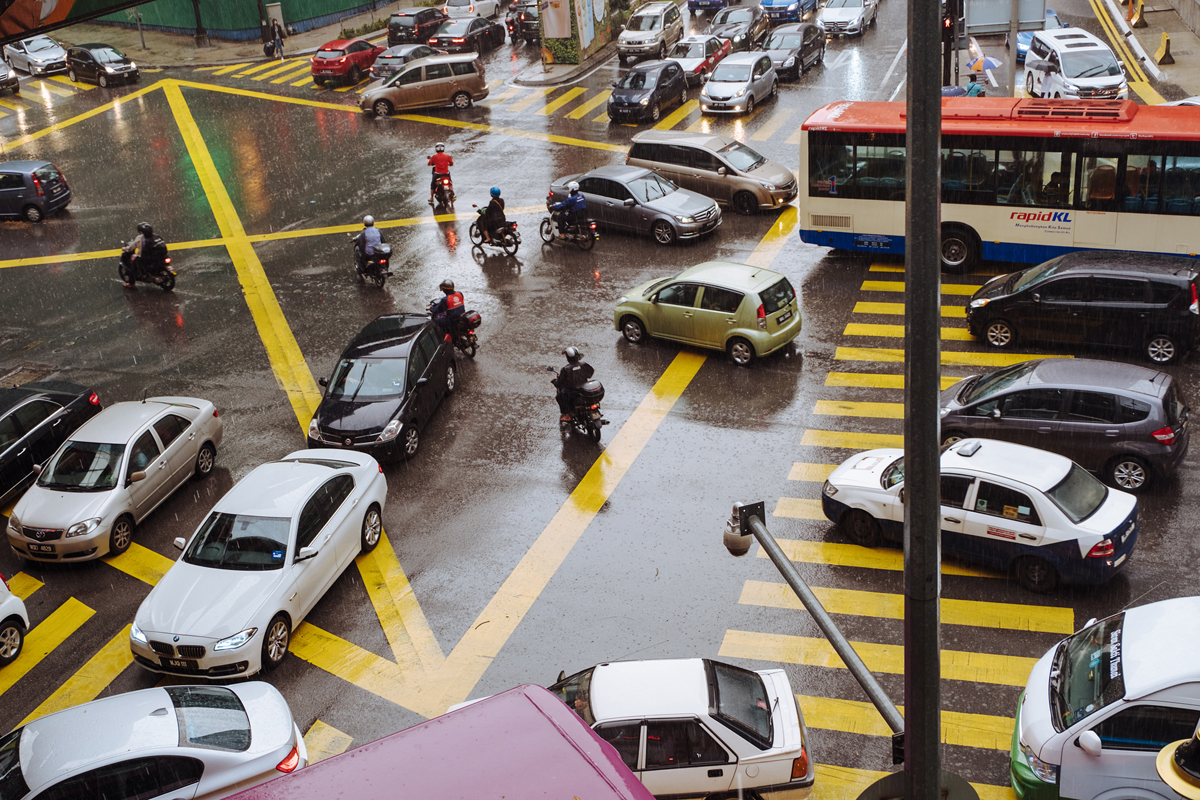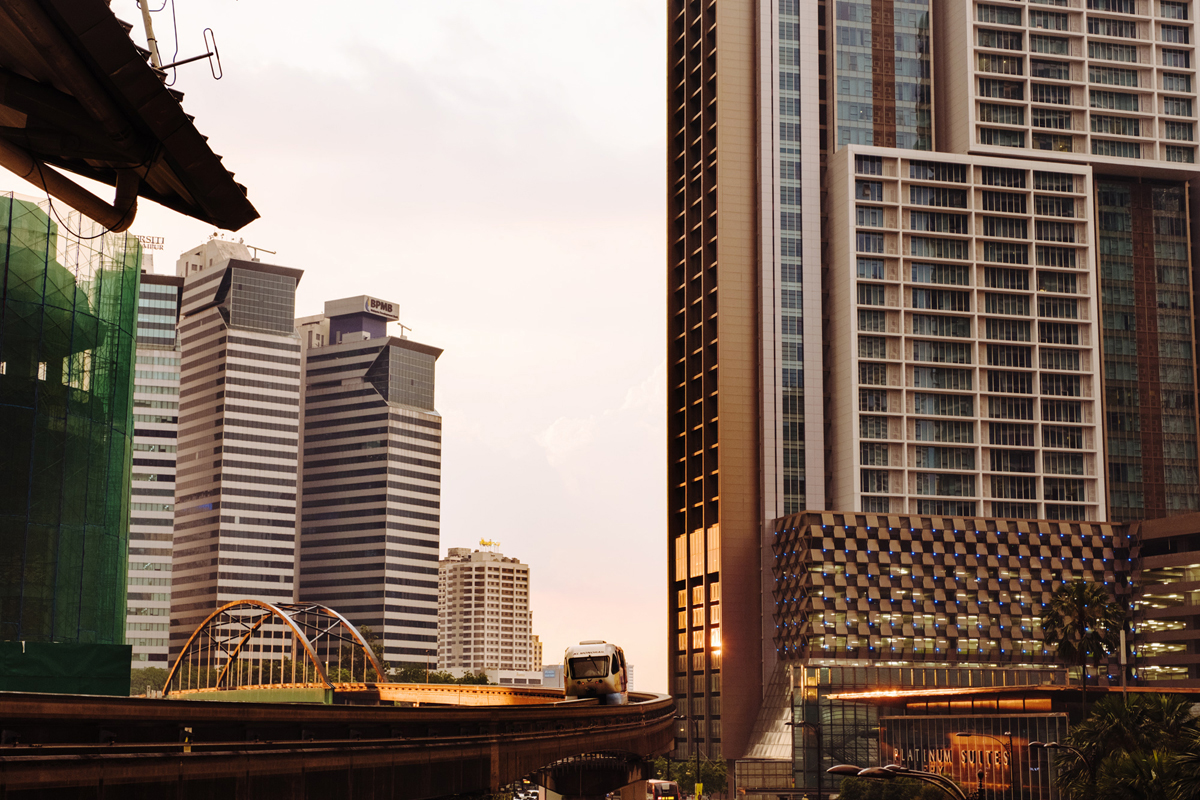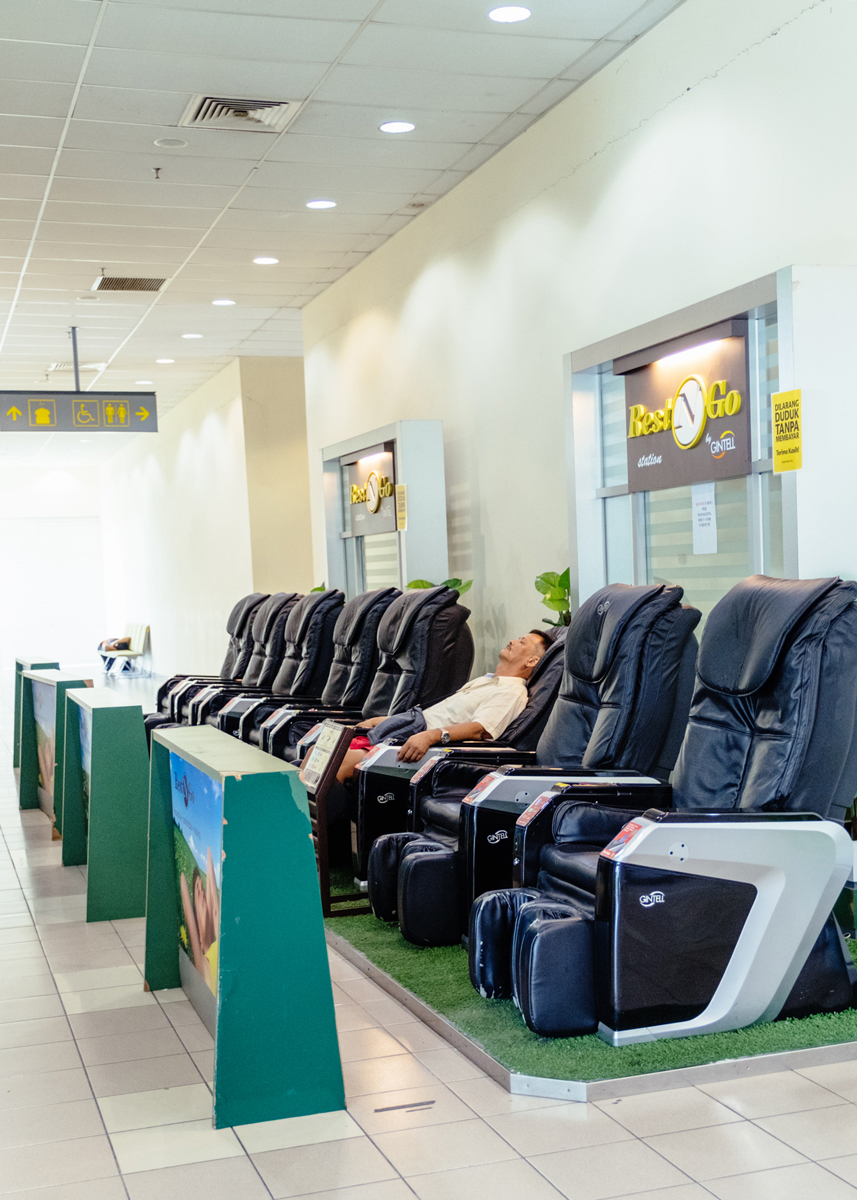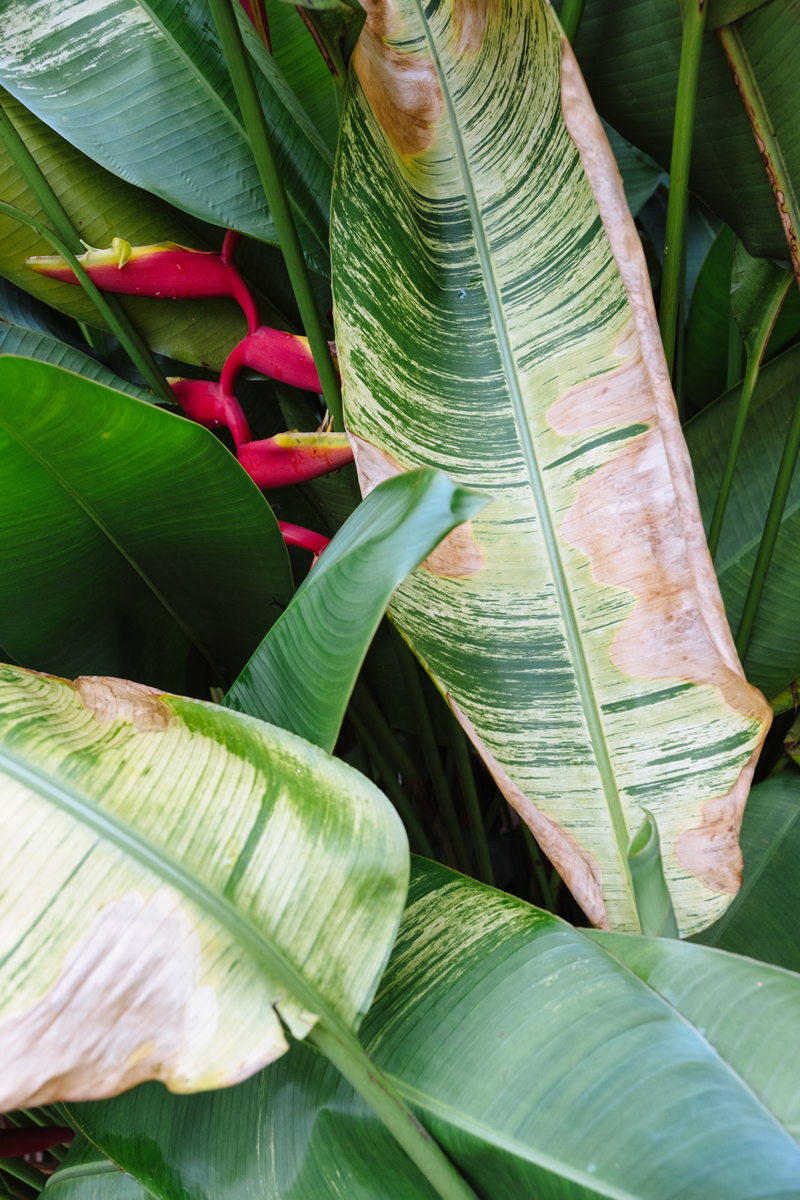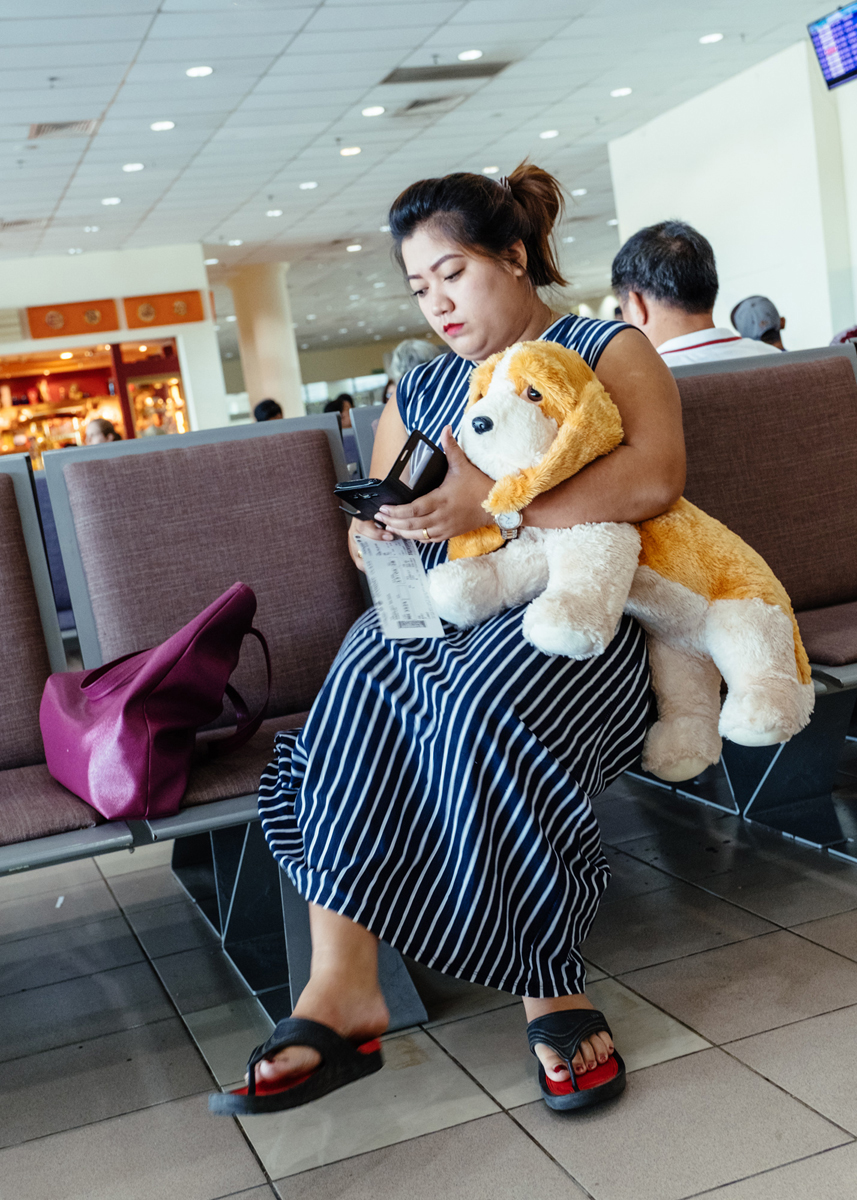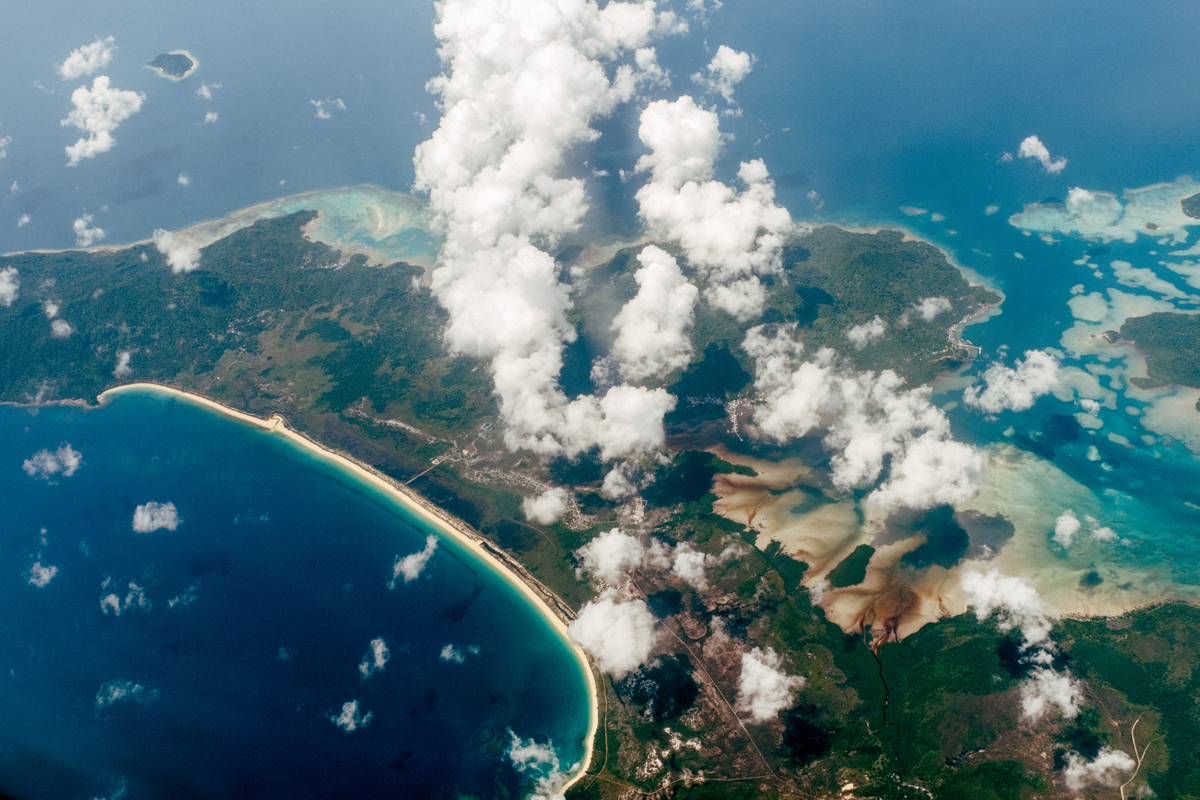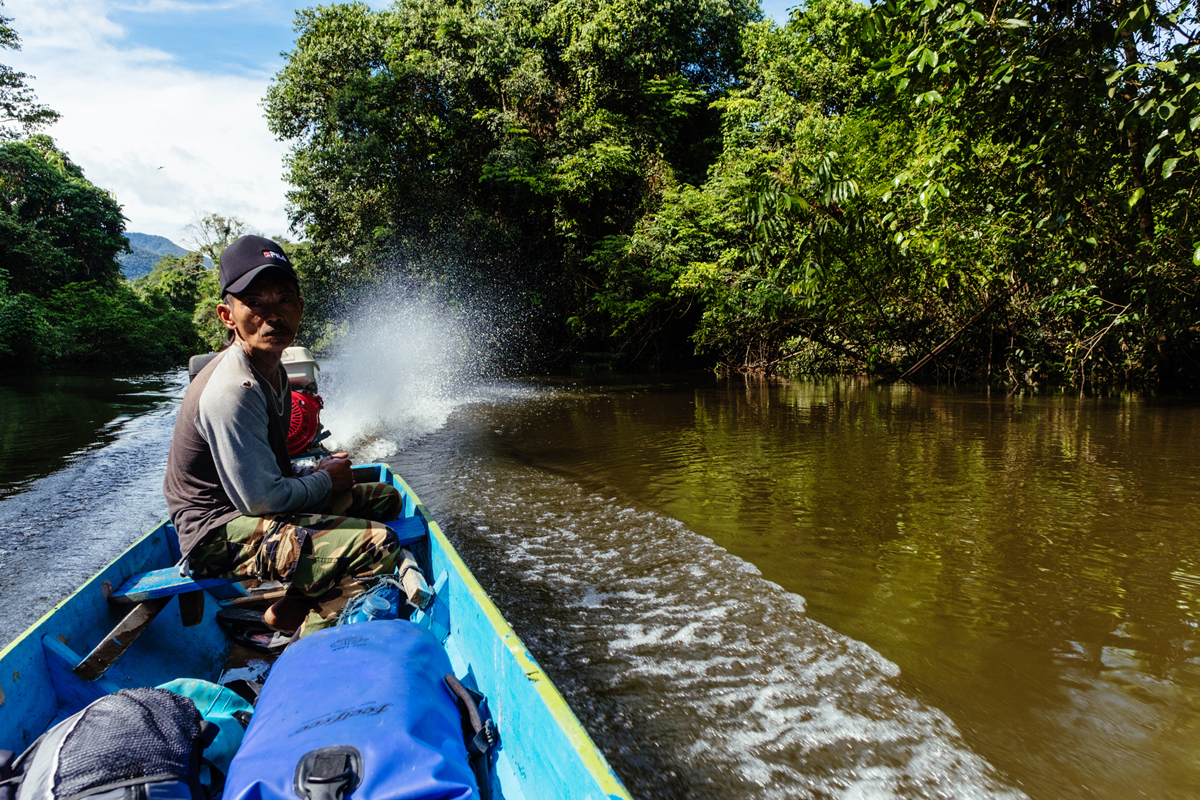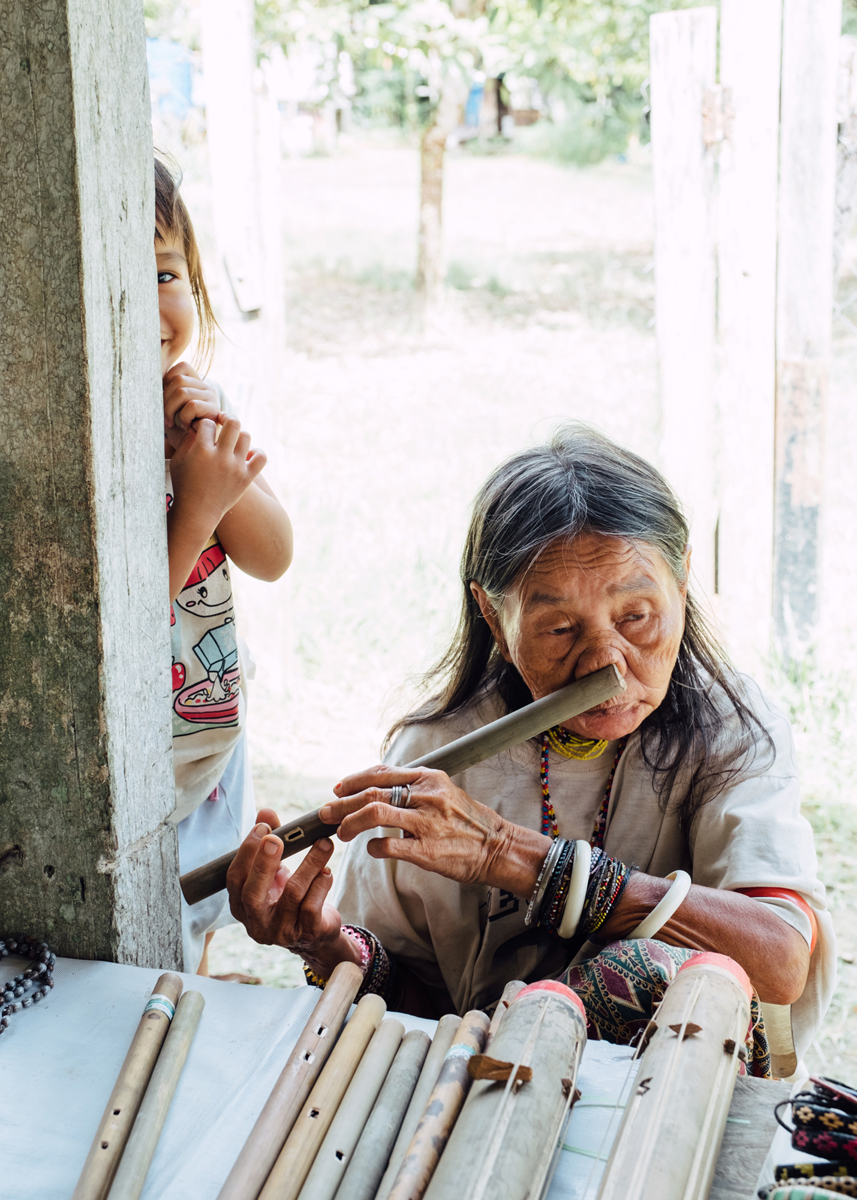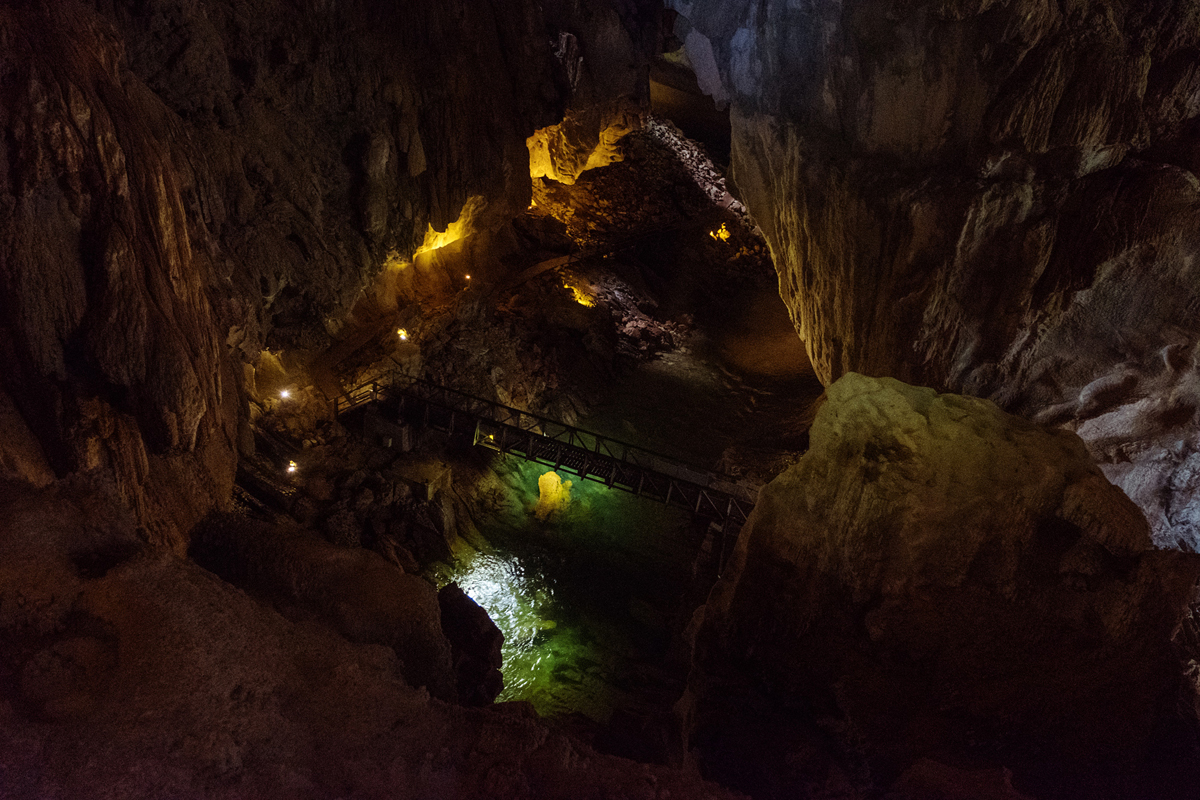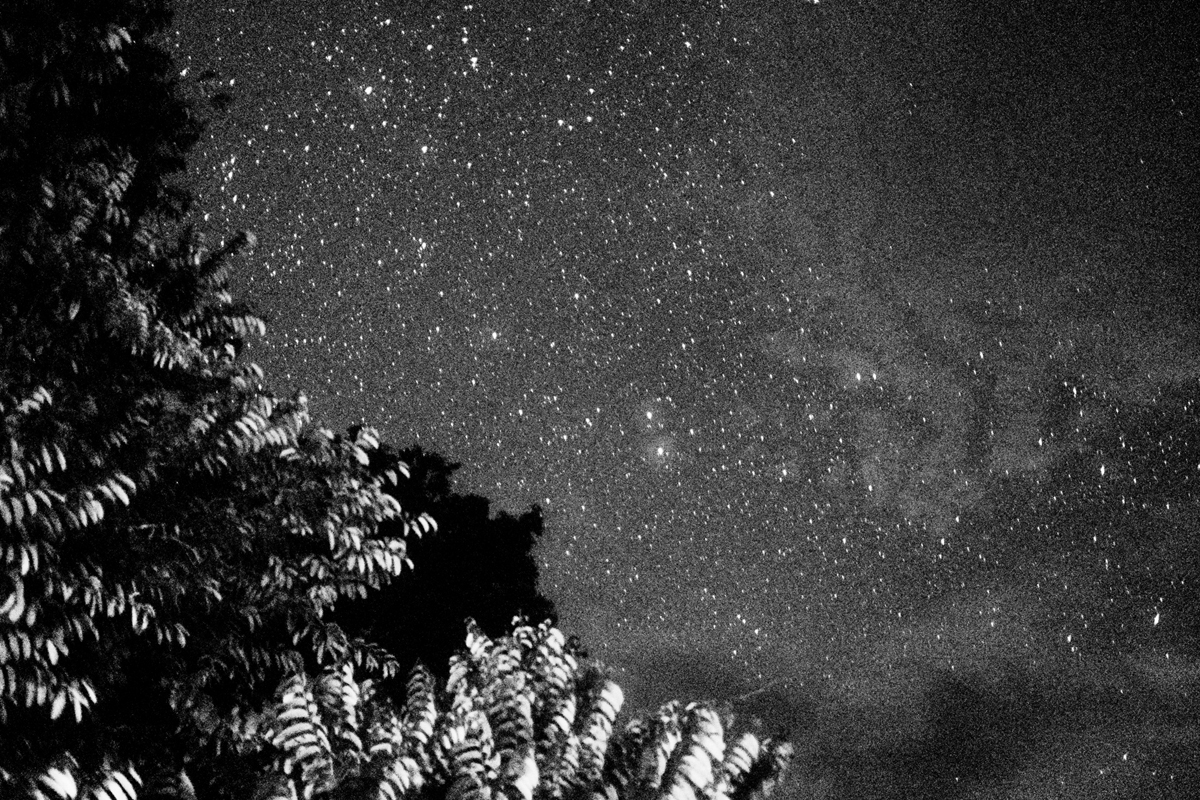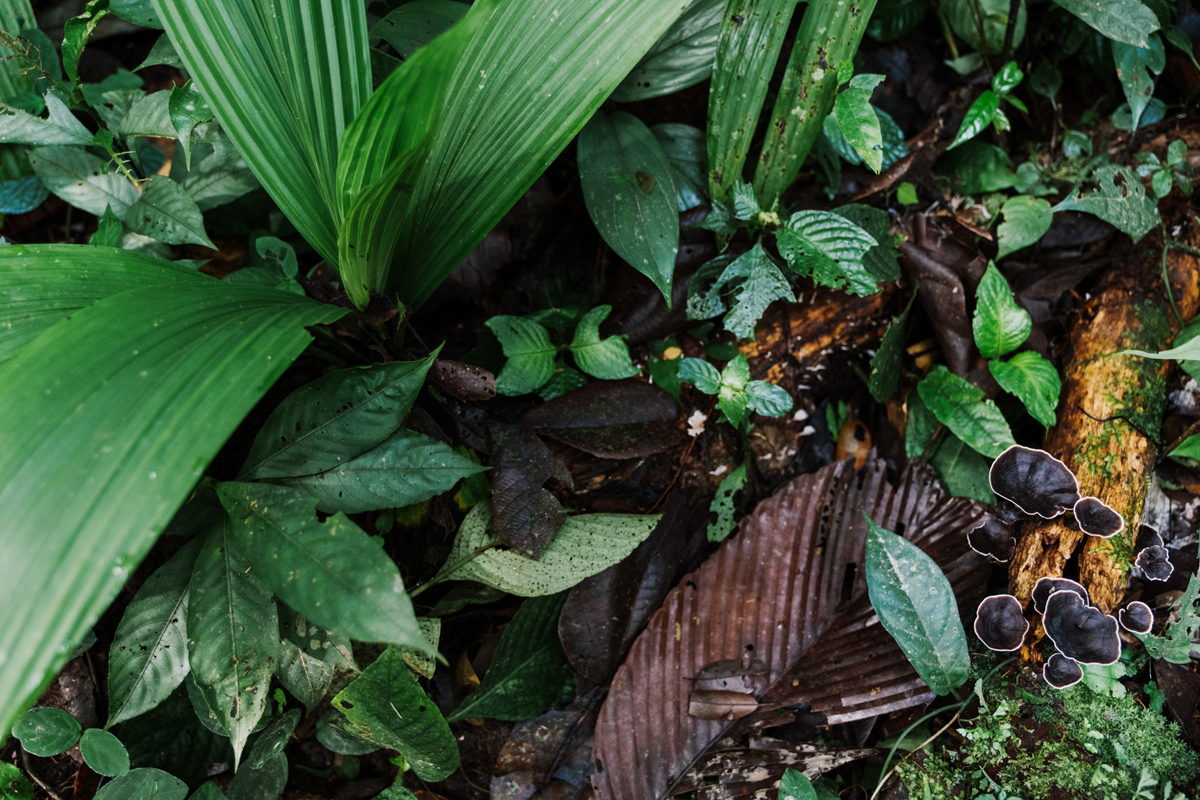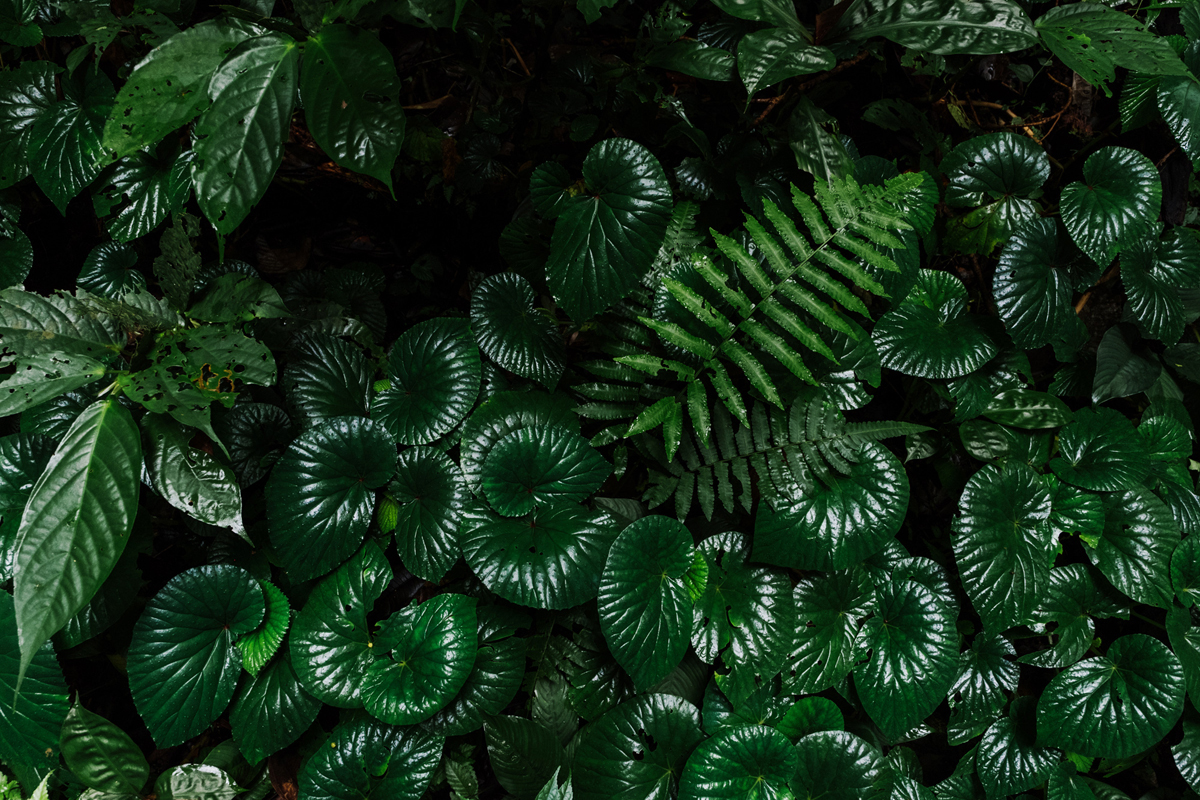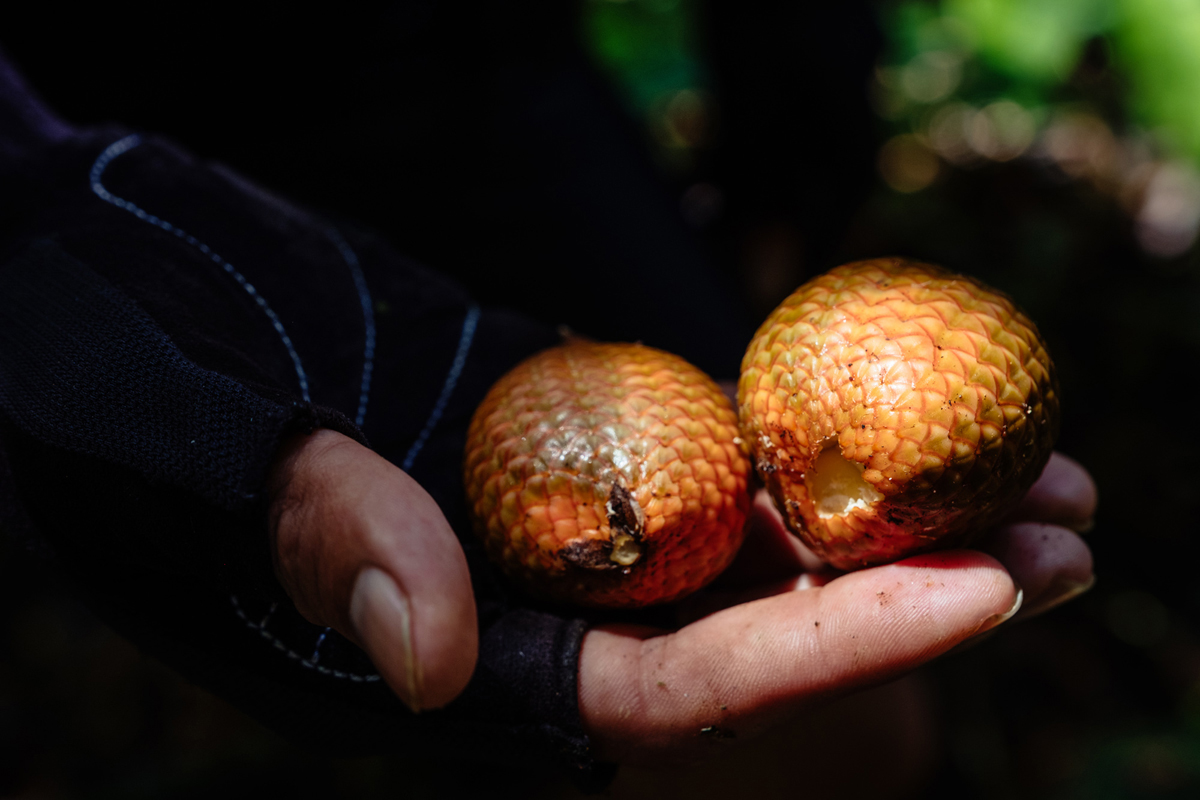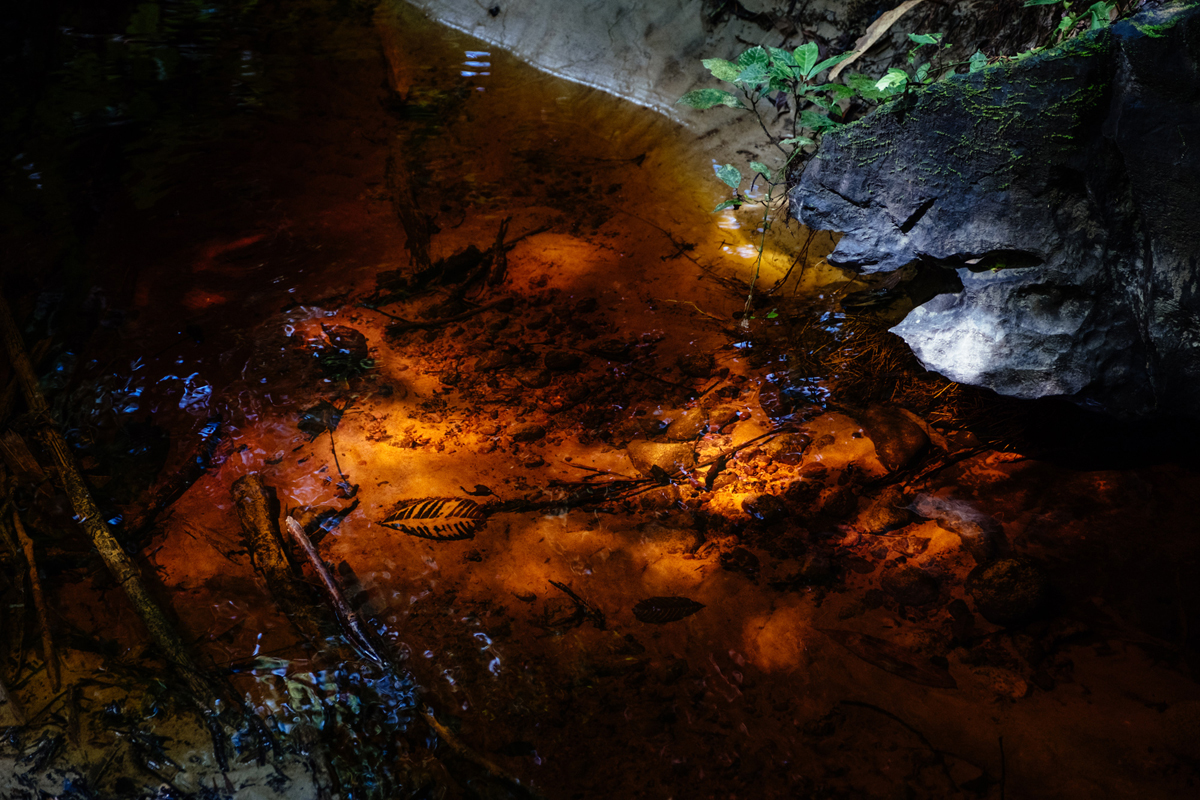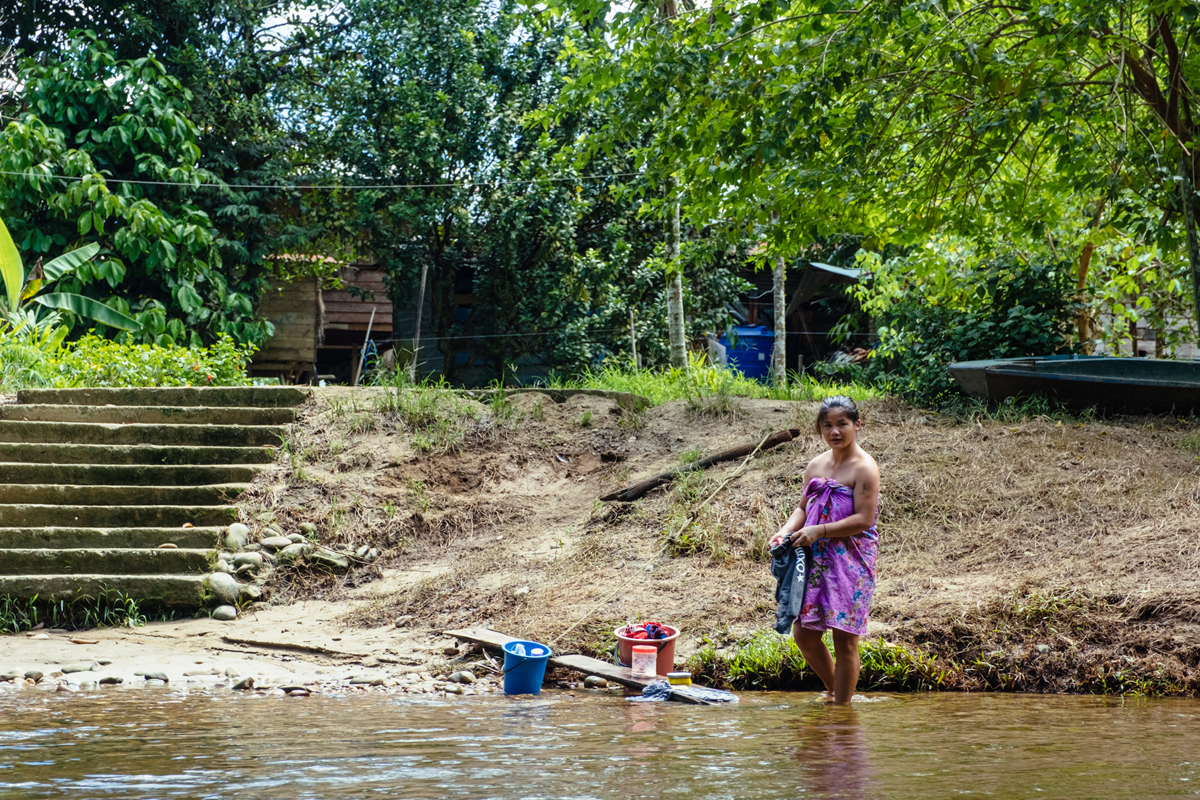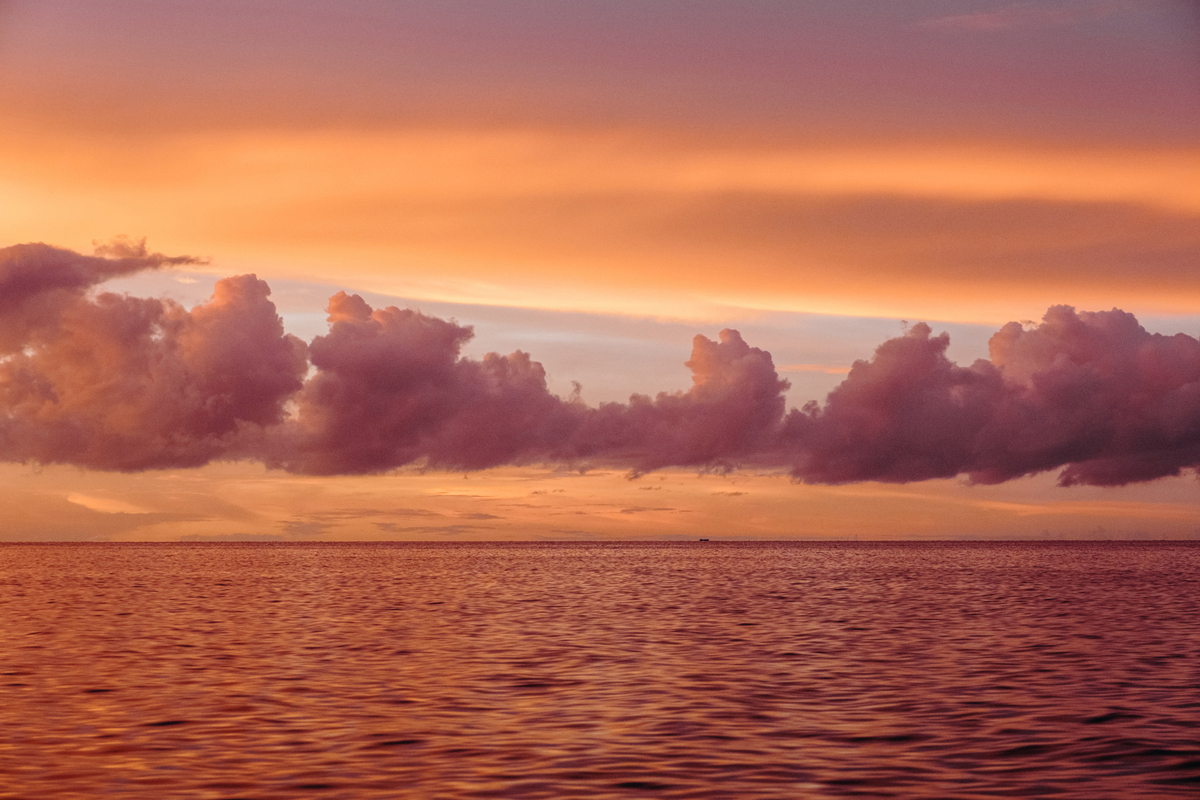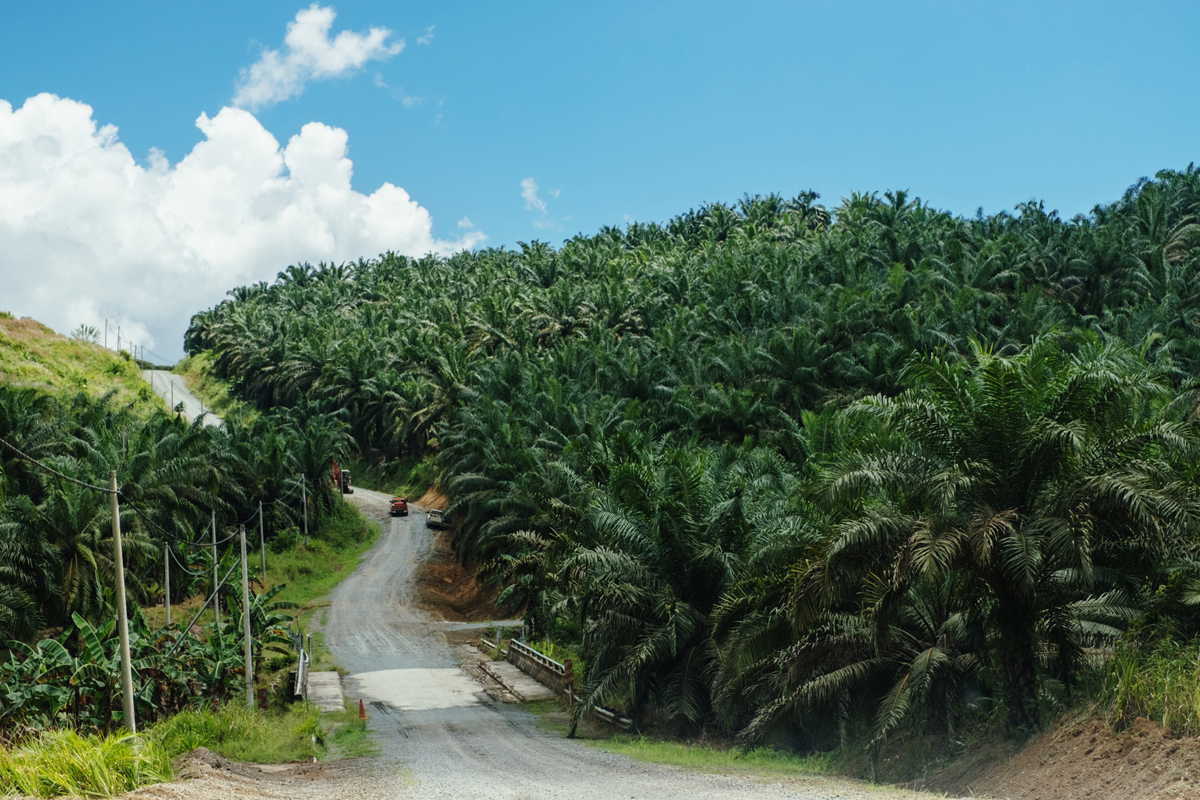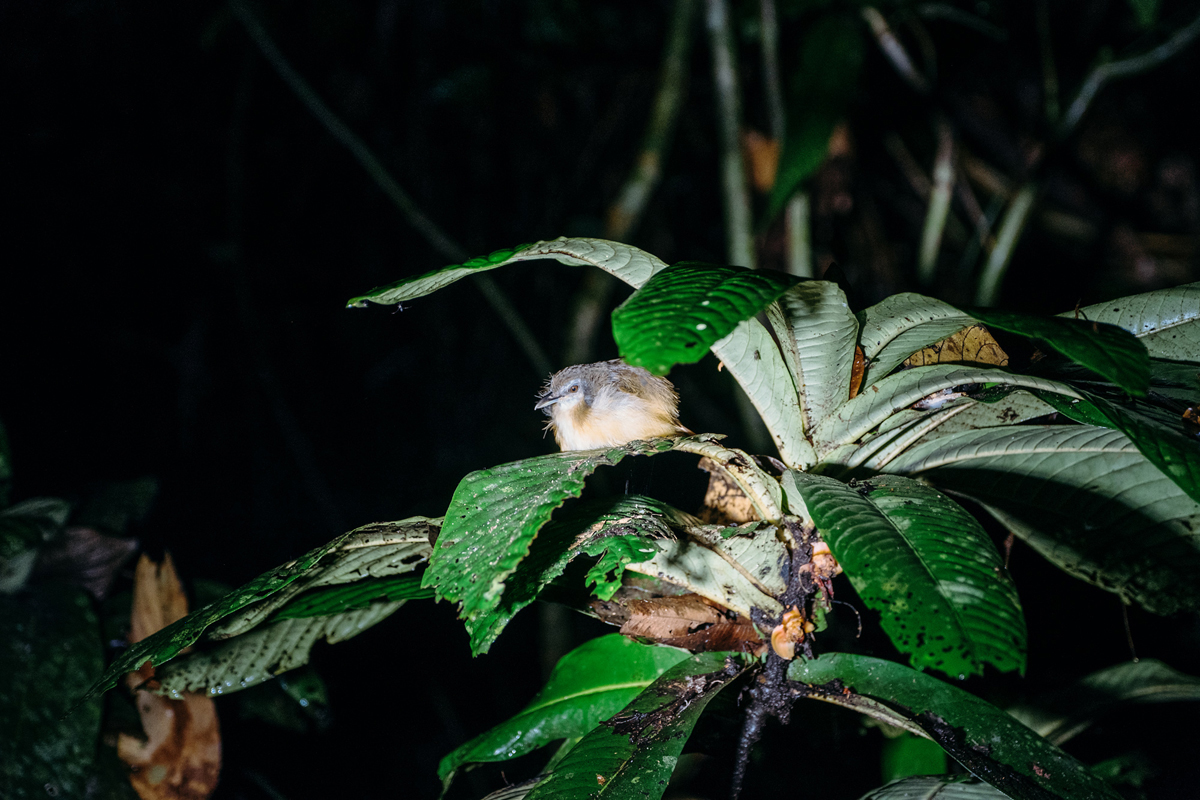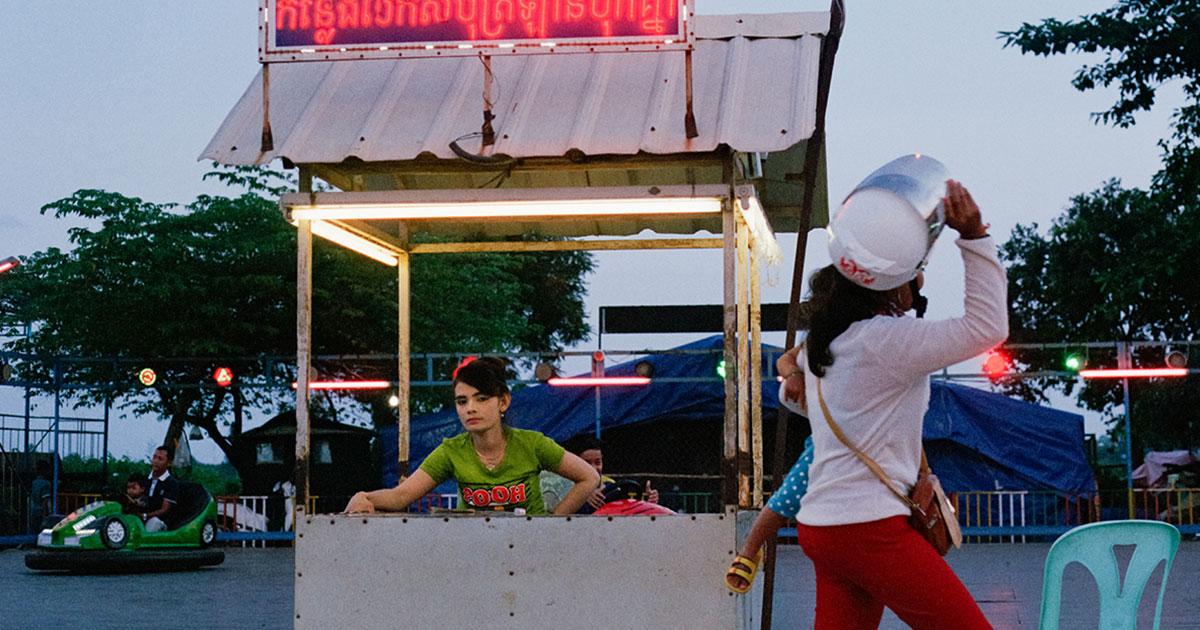Trouble in paradise: Nat Urazmetova on her odyssey through beautiful, endangered Borneo
Go EastRussian artist Nat Urazmetova has been travelling to East Asia for over a decade, namely to Japan, the adventures from which she published last year in a beautifully-bound book entitled The Persimmon’s Fruit. This time around the artist journeyed to Malaysia, from the colourful melting-pot of its capital Kuala Lumpur to the extraordinary yet endangered wilderness of Borneo.
Malaysia’s cultural diversity and the extraordinary habitat of Borneo were my initial reasons for going. The country’s heritage incorporates significant Chinese and Indian influences. The patchwork of many cultures and religions coexisting in the country intrigued me; I’m very much drawn to “melting pots” like that.
The capital, Kuala Lumpur, has a bit of an apocalyptic, Blade Runner-style ambiance, with its torrential rains on daily basis. After exploring it I flew to Borneo for more adventurous missions to the less reachable areas: Gunung Mulu National Park in Sarawak and the Kota Kinabalu and Tabin Wildlife Reserve in Sabah. Borneo is the third largest island and the richest terrestrial ecosystem in the world. The cave systems and karst formations there are also among the most voluminous in the world. It’s mesmerisingly sci-fi, incomparable to anything else I’ve seen before. I aimed to find out more about environmental issues, like deforestation, the impact of the climate change and threats to biodiversity which the island and the indigenous people are facing.
The heterogeneity of rural Malaysia is exceptional. There are tribes living in the depths of scarcely accessible jungles, unique arrays of plant, insect and animal life. It’s spectacular, otherworldly, fragile and still somehow pristine, the wilder world we’re losing; I wanted to draw attention to that.
I discovered plants like salak (snake fruit) and lempoyang (shampoo ginger). Shampoo ginger has a beautiful purple-reddish flower, and it is actually used as shampoo, conditioner and massage lotion; snake fruit looks like a fig, but with a shiny and spiky skin and a flavour reminiscent of pineapple.
This beauty is threatened, though. This photo (above) and others illustrate some distressing facts and figures. According to scientific reports, approximately 18.7 million hectares of forest (an area twice the size of Portugal) were cleared between 1973 and 2015. Palm oil cultivation has been, and still is, the driving force behind Malaysia’s economy, but it’s a disaster for its environment. The link between deforestation and palm oil cultivation is the most apparent in Borneo: 28 percent of its original forest cover has been lost. This is the devastating evidence of a careless, frequently corrupt, economy.
Clouded leopards, orang-utans and pygmy elephants, along with thousands of other endemic animals and plants, might be gone in less than a decade. Other research shows that the rainforests in Borneo sink three times more carbon dioxide than those in the Amazon. The planet might simply “choke” because of accumulating CO2 emissions and the changing climate if deforestation continues.
But there is humour in this series too. Malay people I met appeared to be incredibly joyful and entertaining — I had so many engaging conversations during my time there. Observing the wildlife — monkeys, wild cats and boars enjoying themselves — was dazzlingly amusing. Besides, it was inevitable that I would find irony in the tougher moments: when I was sliding down a muddy, rugged path during the climb to the Pinnacles in Sarawak, or when my boat struggled to clear the underwater rocks of the Melinau River.
I discovered a new range of interests and topics which concern me a lot, and which I’m trying to integrate into my artistic pursuits. These have to do with environmental conservation, how to preserve disappearing clusters of wildlife and culture and protect them from being destroyed completely by capital-driven industries. For me, journeys are exercises in testing and strengthening patience and persistence, and, frequently, about learning survival techniques. All the travelling I did around East Asia, including Japan, Laos and Cambodia, involved pushing the boundaries of my physical capabilities: hiking in the rainforests during heavy rainfall with the load of the film and photography equipment, for instance. Maybe being away on an exploratory mission somewhere is one way to deal with my addiction to challenges.
